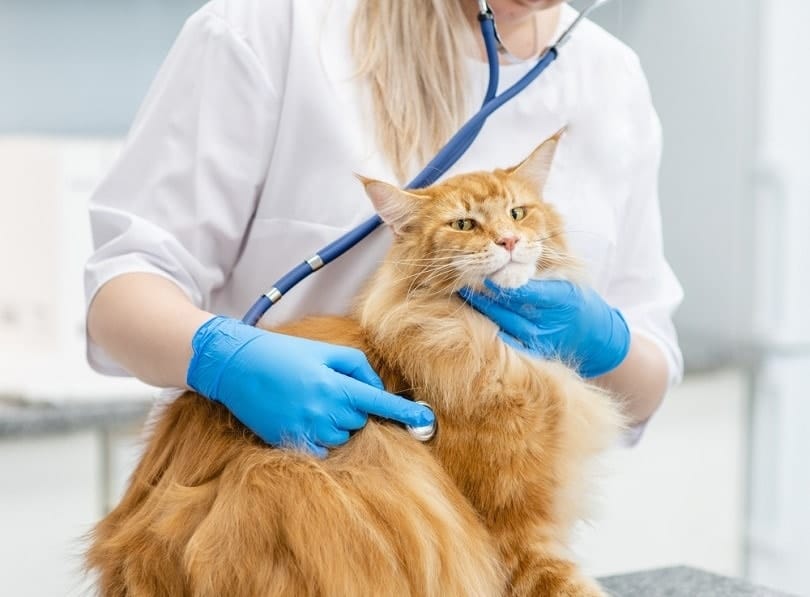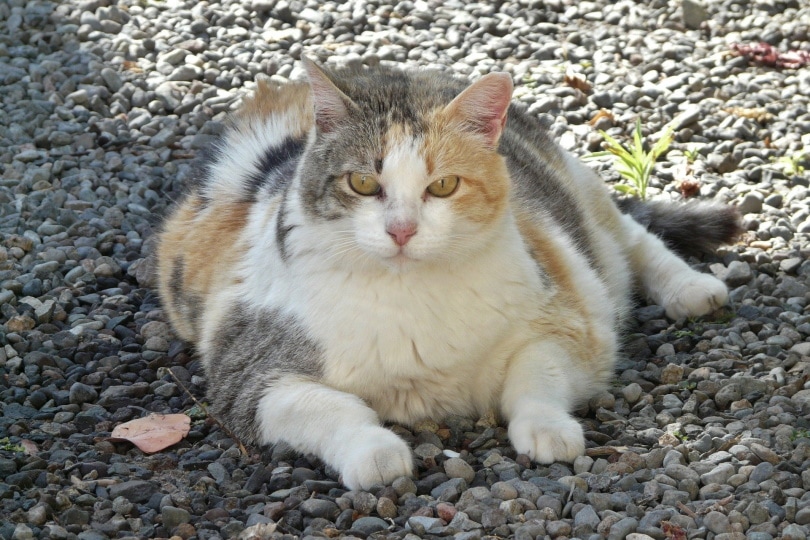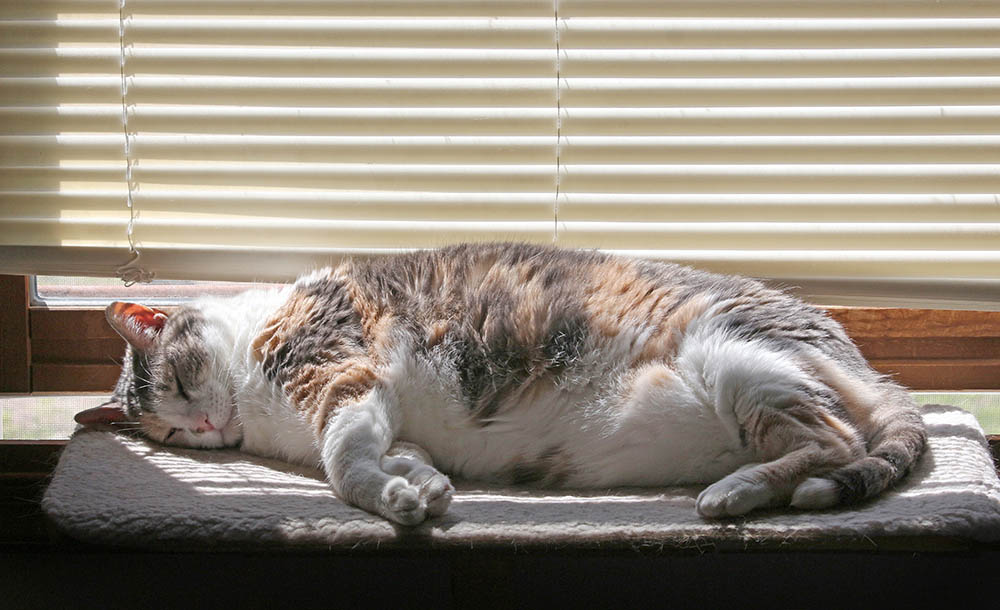National Pet Obesity Awareness Day is a holiday founded in 2007 by the Association of Pet Obesity Prevention centered around raising awareness of pet obesity and helping owners combat it with their pets.
Pet Obesity Awareness Day is on October 9th this year. It falls on the second Wednesday of October. On this day, veterinary professionals around the country log into a data bank and gather information on the nation’s pets and their waistlines.
Obesity in companion animals is an epidemic; research shows that 60% of cats and 56% of dogs were reported as overweight or obese in 2018, which is a sharp increase from the 43% and 53% reported in 2010.
In a survey conducted specifically for national pet obesity awareness day in 2021, 72% of pet owners stated that they thought obesity was a disease. Awareness is rising thanks to pet obesity awareness day and the veterinary professionals involved.
How Is Pet Obesity Awareness Day Celebrated?
Veterinary professionals and pet owners celebrate this holiday; vets can see the data gathered from owners across the country via online or in-person surveys. They can then use the statistics to produce literature for their clients and pet owners surrounding pet obesity, including making social posts and invitations to the clinic for weighing. Pet fit clubs can also celebrate Pet Obesity Awareness Day, encouraging owners to bring their pets in for a health check while managing their weight.

What Is Obesity in Pets?
Obesity is broadly defined as excessive body weight and body fat. Pets that weigh between 10% and 20% over their ideal body weight are considered overweight. Any pet over 20% above its ideal weight is classed as obese. Obesity is a disease that affects every bodily system, contributing to painful conditions of the skeletal and muscular systems and placing strain on the cardiovascular system.
There are many risks to pets that are obese, as fat is an active substance in the body. Excess body fat affects a pet’s hormones and tissues and even reduces its lifespan. Dogs will lose 6 to 12 months of their lives if they are overweight.
Obesity increases the risk of:
- Most types of cancer
- Heart disease
- High blood pressure
- Diabetes
- Arthritis
- Anesthetic complications
- Bladder stones and blocked bladders

Can Diseases Cause Obesity?
There are a few diseases that can cause obesity in pets. Cushing’s disease causes an overactive adrenal gland, leading to abdominal fat accumulation. Hypothyroidism is another disease that causes weight gain; the thyroid gland stops producing thyroid hormone, which causes slowed metabolism.
 How Can I Tell if My Pet Is Obese?
How Can I Tell if My Pet Is Obese?
If you suspect your pet is obese, try taking their body condition score. Veterinarians use this chart-based measurement as a visual indicator of a dog or cat’s body condition. It uses markers such as the ribs, waist, and abdomen to see if they’re over (or under) the ideal weight.
- Looking at your pet’s entire body for excess fat.
- Feeling their ribs, spine, and waist.
- Assigning each part points.
The first step to treating obesity is first to acknowledge it in your pet; conducting a body condition score test can help with this and can also help owners understand what a healthy weight is.

How Can I Help My Pet Lose Weight?
If you feel your pet is obese, taking them to the vet for a weigh-in and body condition score is the first step to treatment. Your vet will talk to you about your pet’s body weight, activity level, diet, and other health problems they might suffer. After discussing treatment, the vet might place your pet on a diet and exercise regime, including prescription weight-loss foods.
It’s vital to follow the diets and instructions strictly, as any deviation from the plan means it won’t work. Your pet will have to be weighed regularly and have their body condition score retaken to help you see how well they’re doing to keep them on track with weight loss.
Final Thoughts
National pet obesity awareness day is celebrated across the US. It is an important part of preventative healthcare surrounding obesity and weight management for pets of all ages and breeds. It is celebrated on the second Wednesday of October, and it has been celebrated since 2007. Pet obesity awareness day can help owners realize their pet is overweight or obese. This day can give them the courage to acknowledge this and combat the dangerous side effects of the disease.
Related Reads:
Featured Image Credit: Dennis van de Water, Shutterstock



 How Can I Tell if My Pet Is Obese?
How Can I Tell if My Pet Is Obese?






